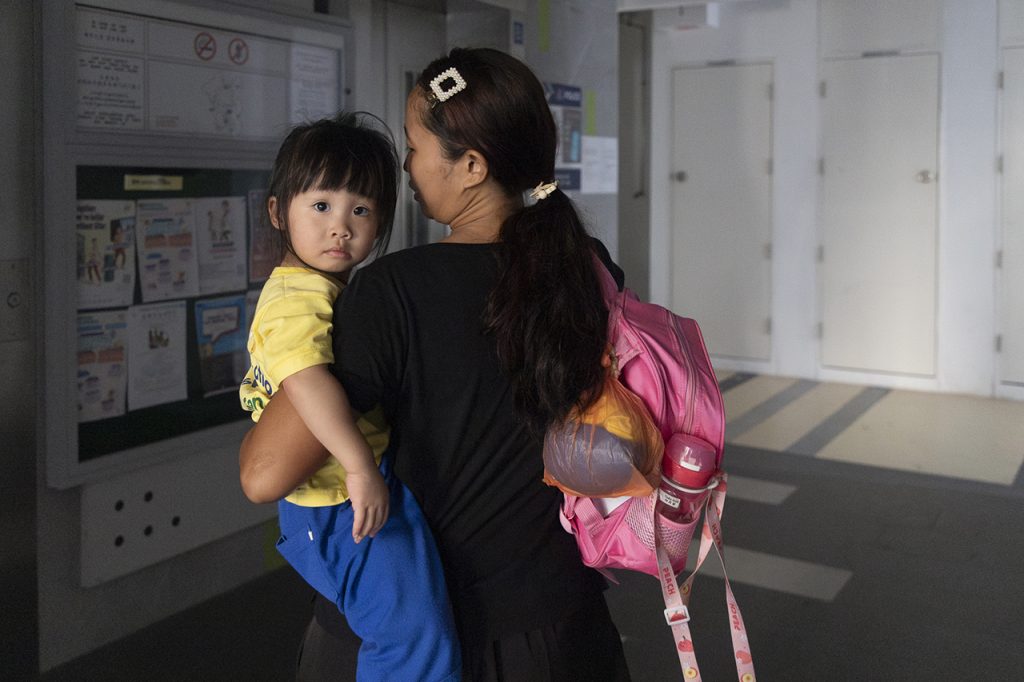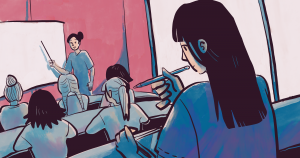All images courtesy of Geraldine Kang
Tonight, one domestic helper will lay down on her mattress in the middle of the living room. Another will rest in a bedroom with a view of lush greenery. This is how live-in migrant domestic worker (MDW) in Singapore sleep—some a little more comfortable than others.
These mattresses act as an entry point for Singaporean visual artist Geraldine Kang to enter into the homes of families with live-in MDWs. Her photography project Live-in (Mattress provided) consists of images of domestic helpers’ sleeping areas paired with corresponding text reflecting her conversations with their employers and the MDWs.
The photos she took are clinical—unsentimental even. Yet they speak volumes about how we perceive the humanity of the very people who take care of our needs but remain in the periphery.
“I guess it’s one of those cultural phenomenons that exists in your direct vicinity. Migrant workers are a significant section of our society, and yet can be so invisible,” she shares.
RICE speaks with Geraldine to find out more about the origins of her project.

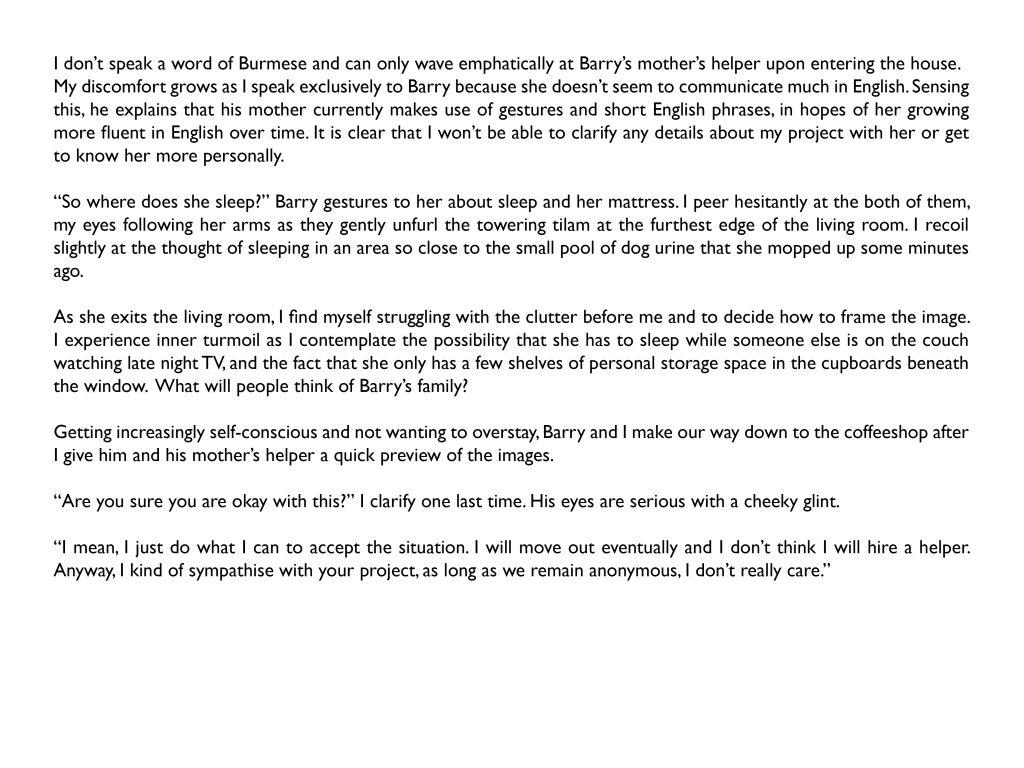
RICE: Hi Geraldine, I discovered your work when I visited OBJECTIFS’s Women in Film & Photography 2023 Exhibition. I noticed you’ve been working on this series since 2018— could you share with us what led you to make this series about the rule that mandates MDWs to live with their employing family?
Geraldine Kang: The reason why I began making the work is tied very strongly to my own upbringing and family experience. I felt an affinity with our previous helper and I was trying to redress the emotional absence of my parents or other caretakers that the helper filled.
In my twenties, during one of my conversations with our helper, I had a stark realisation about the differences in our financial situations. I knew how much she was earning but was shocked to realise that she had no savings due to her familial duties. At that time it was difficult for me to reconcile the economic realities between nations.
As I became more aware of our differences, I also began to realise that domestic help is the only form of employment where the employee is mandated to live with the employer.
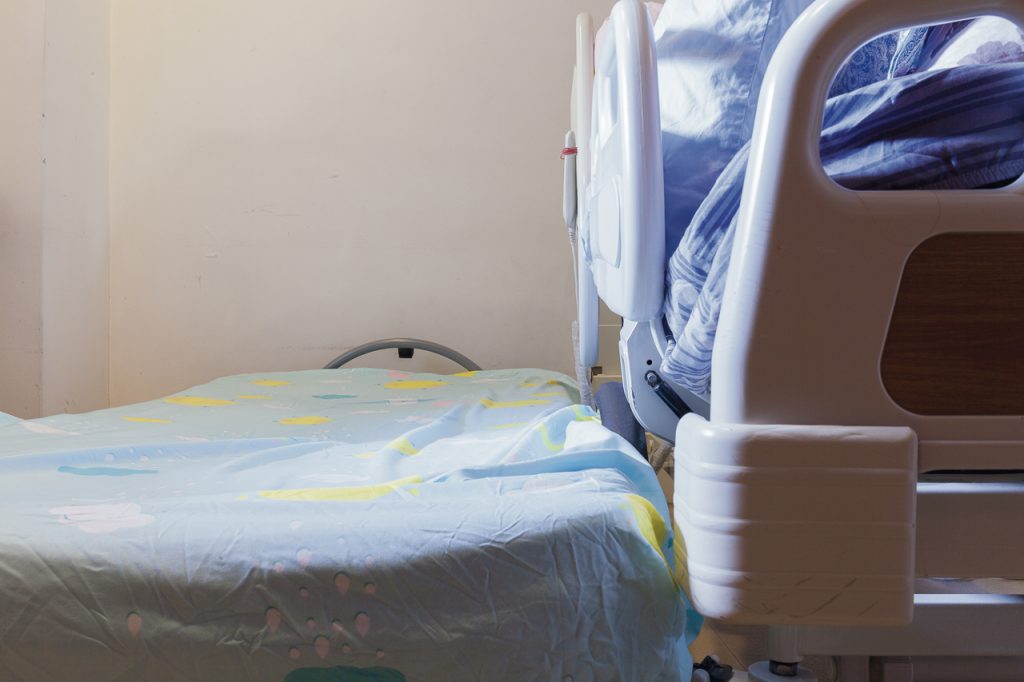
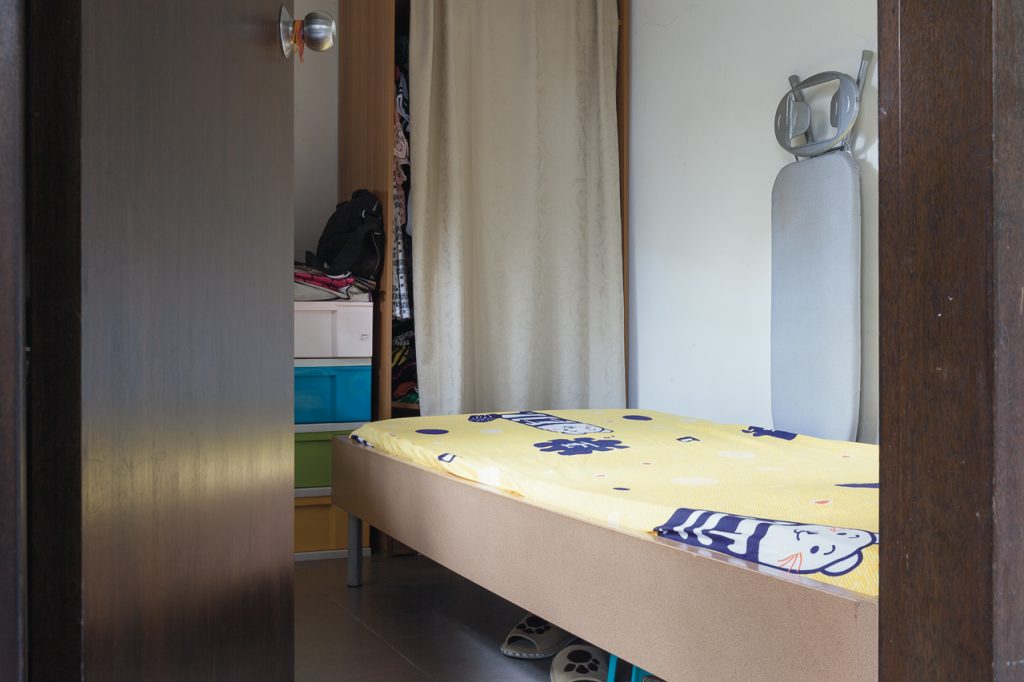
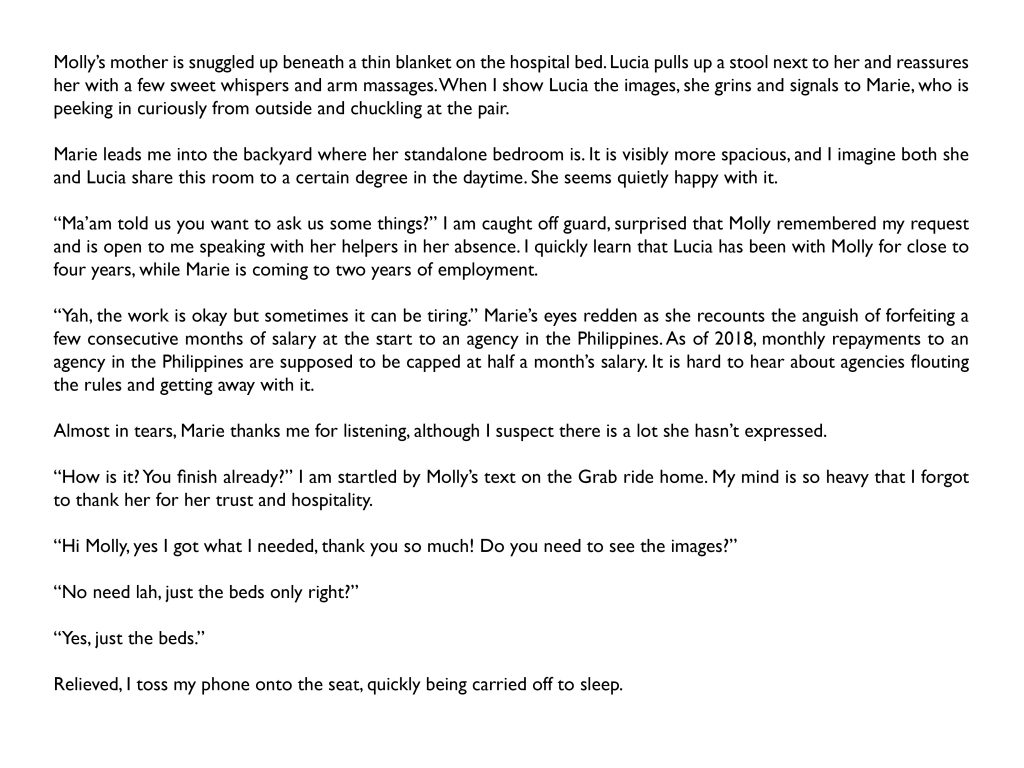
And I think I’m someone who cares a lot about justice. Plenty of times, I am motivated to do projects due to reading about cases of abuse and suicide. These things make me angry because I care a lot about treating people well.
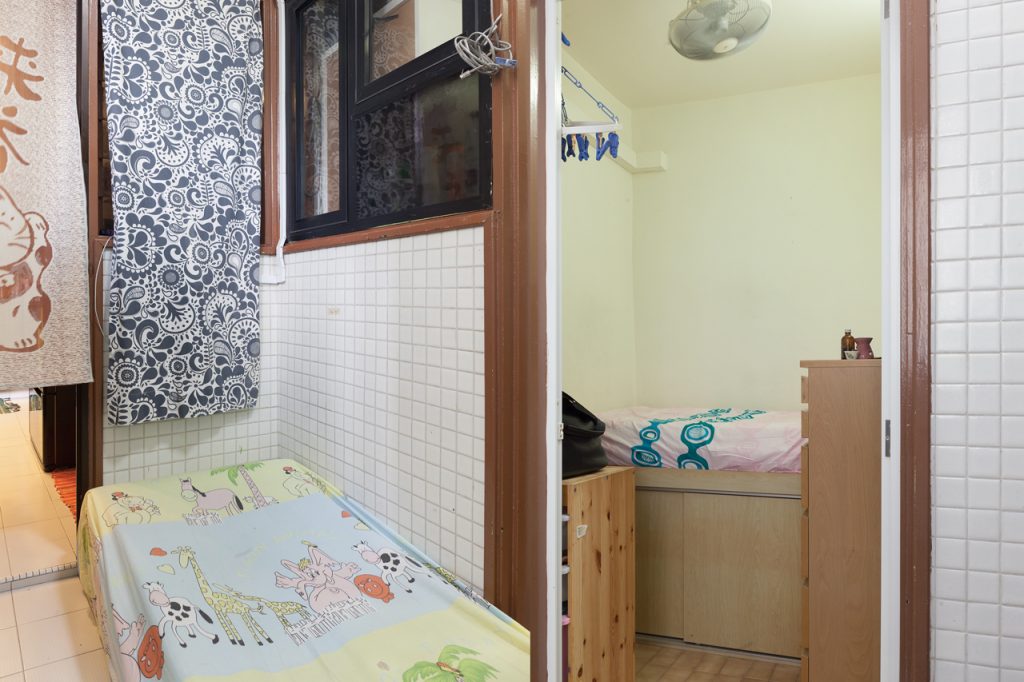
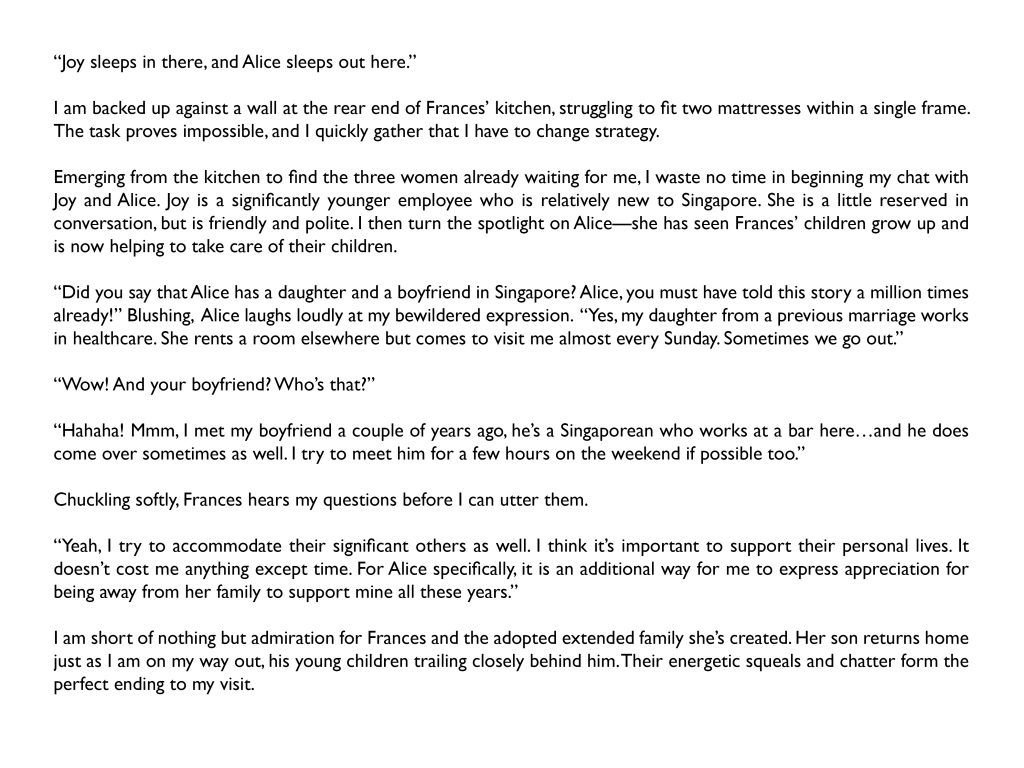
The images you took have a consistent look: a mattress in its immediate environment without any human subjects. It feels clinical. Was that the intention?
The mattress provides a very specific entry into the home, which is also their workplace. Because work and living are conflated, I was looking at how we afford the sleeping areas or personal areas for them. Typically, the mattress (or the sleeping area/bedroom) is the one thing that is specifically dedicated to them.
Otherwise, they are like fluid characters moving through the rest of the house. It’s not theirs, but what is theirs is the mattress.
There are no people in the frame, as I was very cautious about indexing their identity to this one role of being a helper. Once you include people in the photographs, the message behind the project becomes quite obvious. But when you focus on the space, you invite people to wonder.
The anonymity also helped people feel comfortable in offering up their homes for me to photograph.
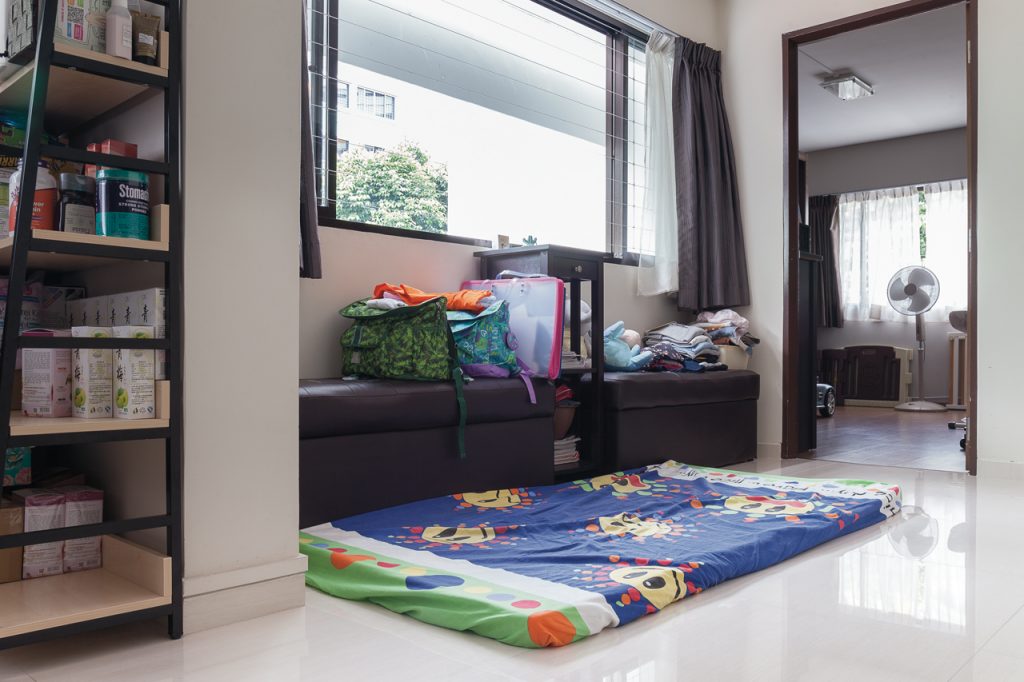

You mentioned that you added the accompanying text only after presenting this body of work a couple of times. Could you share why?
Initially, when I showed the work with only images, people found it difficult to comment. Without the text, it may seem like I was scrutinising the employers. I think revealing the context through the accompanying anecdote puts people at ease.
I can understand why people might find it tough to comment. When I first saw your project, it did make me feel uncomfortable—but in a constructive way. I have a helper at home, and it triggered me to reflect on whether we’ve provided adequate living spaces for her. It made me question our own policies towards MDWs.
I think the biggest learning point for me is that the system can do more to screen for healthy living conditions for the prospective employee—whether or not the domestic helper is sharing a bedroom with someone else.
The decision for employment rests on the employer. More progressive employers invite their prospective employees to ask questions or have a discussion about the employment terms to sense each other, but this is perhaps not standard practice.
In a lot of cases, the employer usually asks a bunch of questions, but the employee doesn’t get to ask them back. Sometimes, it’s just a video call, and when the employee says yes, they fly over, and then they’re here. Then they are bunked in without having a sense of where they’ll be living and working. It’s a very jarring process.
They also have to shell out a lot of money to come here, often forgoing months of salary, which usually goes to the agent. For the MDW, it’s as though you flip a coin and see where it lands.
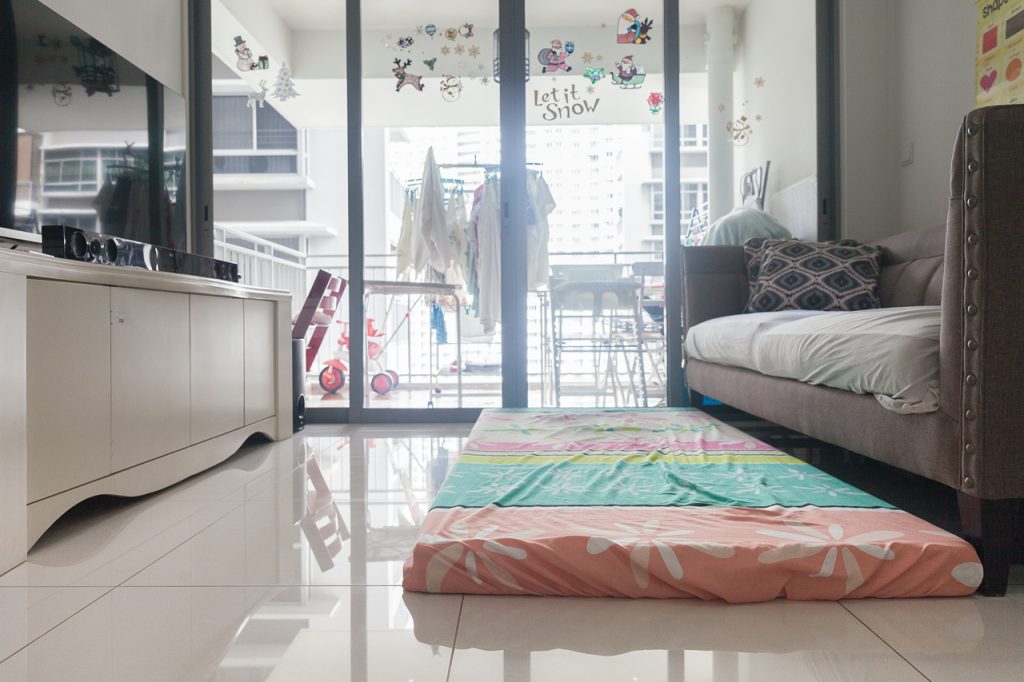
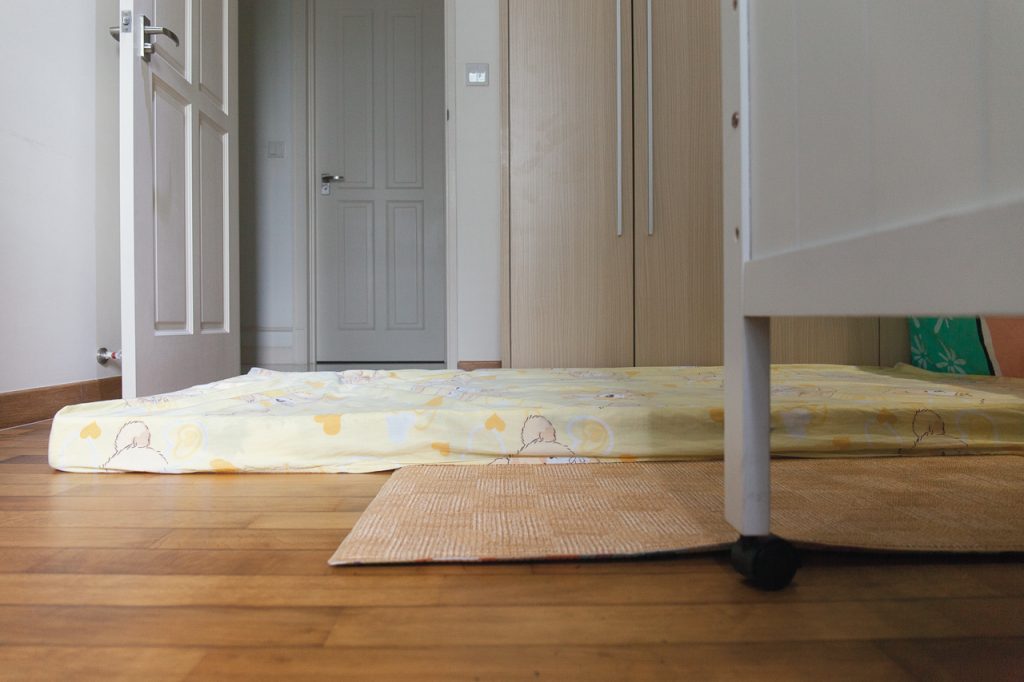
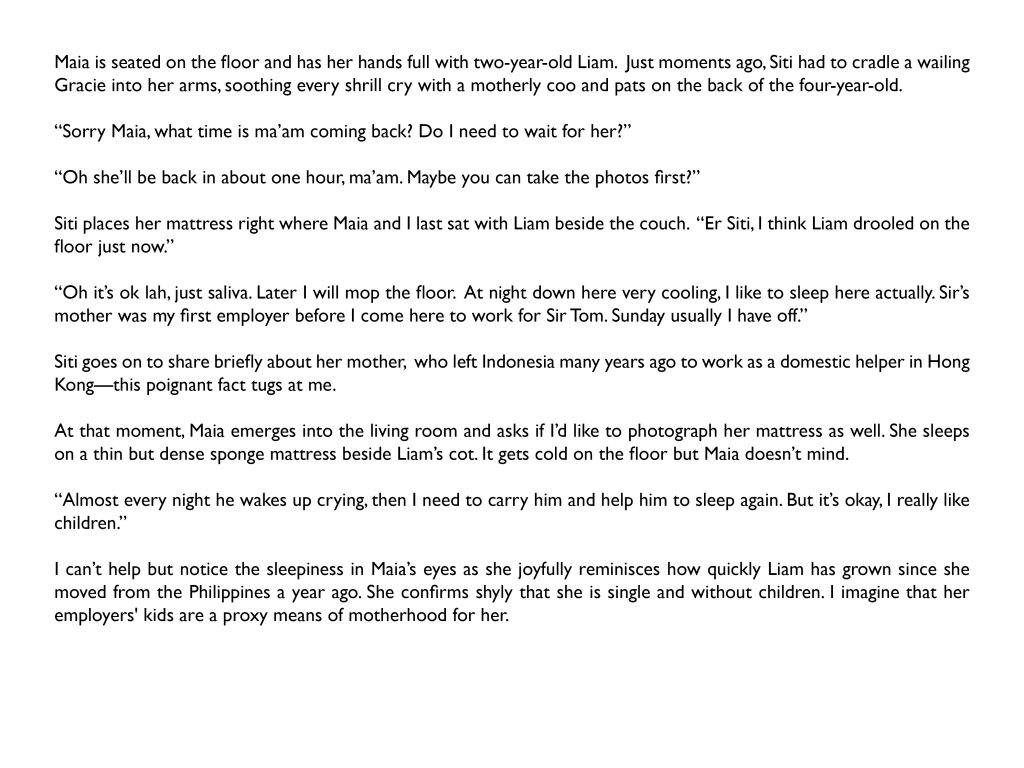
I agree. It seems that most times, MDWs depend on luck to find a good employee. Were there any living conditions you’ve seen that left a deep impression?
I’ve witnessed a mattress placed at the corner of the living room. To me, this is an odd way to live because it lacks privacy. Everyone can see you. Then it makes me question if the employer is watching TV while she’s sleeping. How does that work?
But of course, there’s a spectrum to these living conditions. There are nice spaces that seem more posh than my existing bedroom.
That being said, after working through this project, I realised that photographing the area in which the helper sleeps can only indicate so much about the family she is working for and living with. This is a large reason why I had to include the accompanying text.
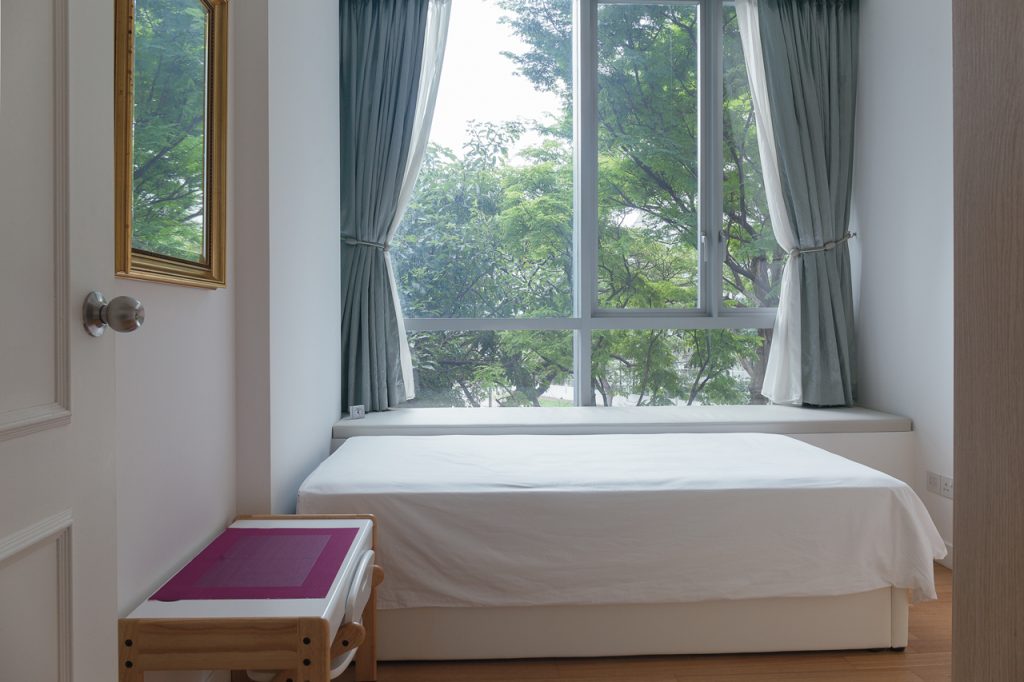
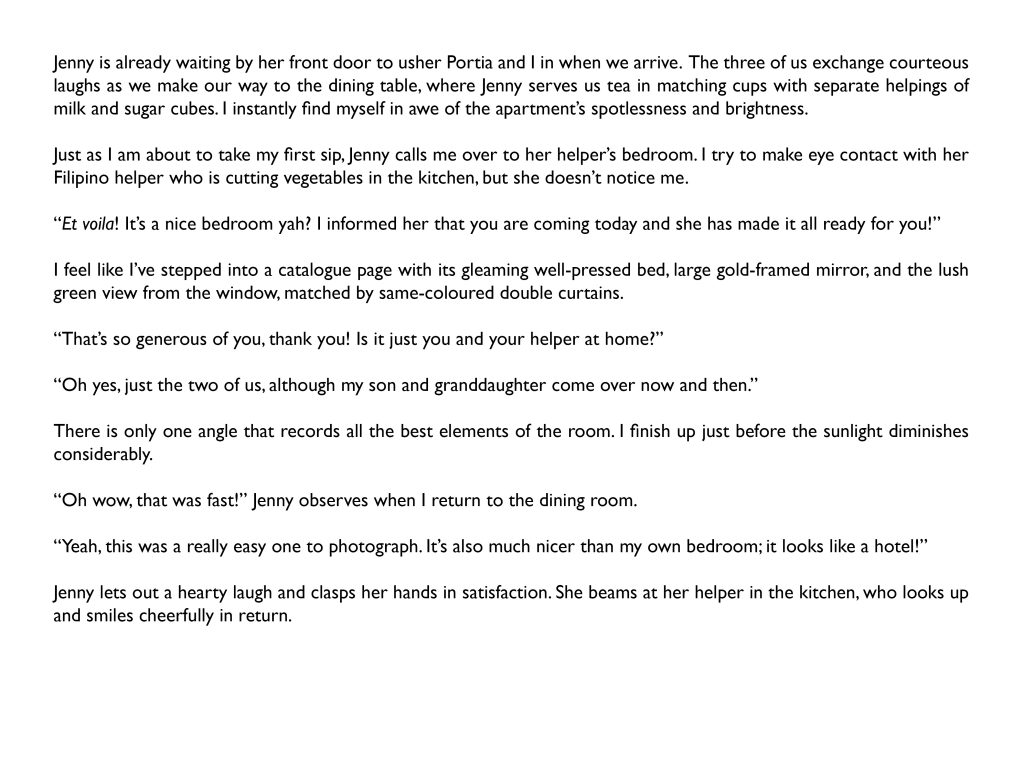
Which photo is the one that personally struck you the most?
This image (below) is close to my heart because my parents are ageing. So, I recognise that this may be a reality for me soon enough.
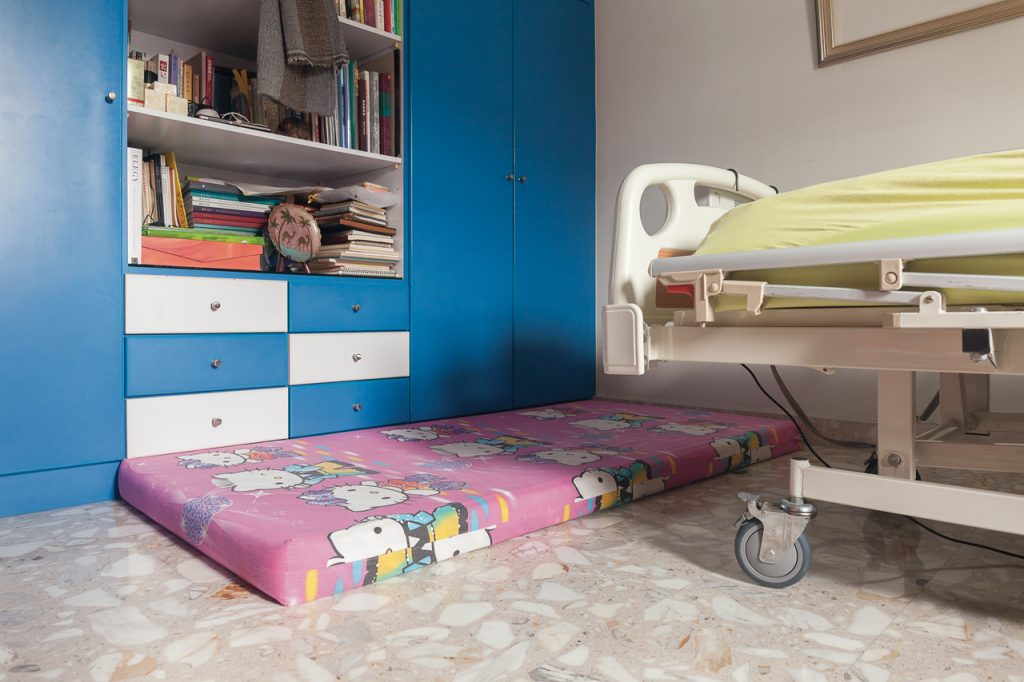

Several times in the text portion of your work, you mentioned how you were contemplating whether or not you would hire a helper. Have you come to a conclusion on that?
If I have kids or if something happens to my parents, then it is an option I would consider very seriously. As far as possible, she will have her own room. And if I’m in a situation where she cannot have a room, I will make that explicit at the interview. I will also show her her living space and check if she’s okay to sleep there.
I would also ensure that she is orientated to Singapore as a country, which involves some kind of excursion or bringing her around. I understand some helpers have to adhere to a curfew set by employers, but I think that’s quite unnecessary.
I would also make tasks very clear, and she’s free to have a mobile phone. I know some employers keep their helpers’ passports, but I wouldn’t. I think it’s important to cultivate a trusting relationship from the get-go.
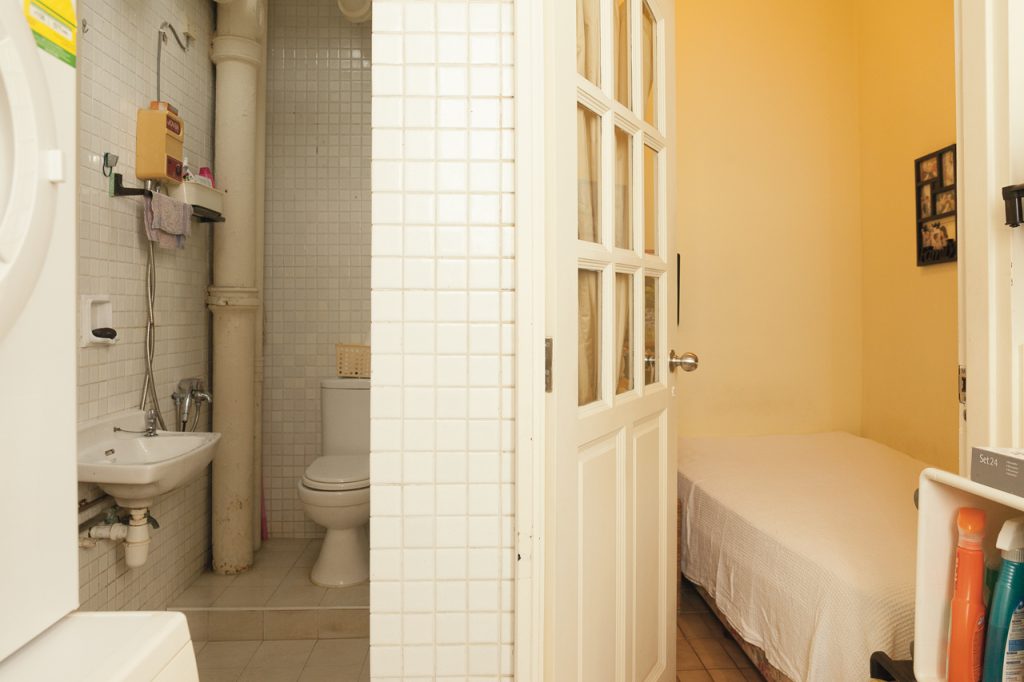
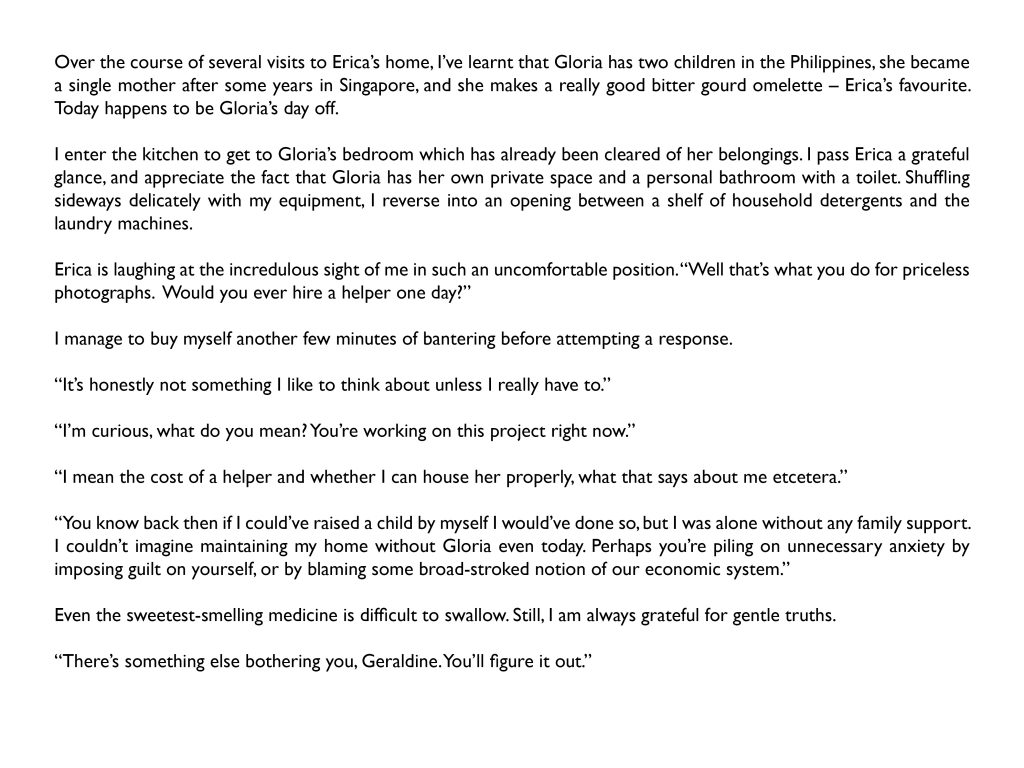
Were there other insights you gained from this project?
I think everyone is doing their best in a system where child and elderly care can be very costly.
After going through the project for so long, I feel there is a very strong possibility of a win-win situation if the employment is conducted in an ethical and compassionate manner.
From an individual perspective, these structural issues can be very overwhelming to think about. Did you manage to find a resolution to this project?
If it is too overwhelming to think about changing an entire system, we can create micro changes within our immediate spheres. We can communicate differently and show respect and warmth to someone who’s in our home. We can make the experience more palatable and dignified.
I felt a certain breakthrough with a new project I’m working on: With and Without You. I came to understand my family, capitalistic systems and the role of the helpers. This time, I’m choosing to focus on stories where there is a clear, positive relationship or lots of affection between the employer and the employee to show that it is entirely possible.
With this new project, people are also coming back into the frames, including the helpers. If the woman herself is comfortable being photographed as a domestic helper, then who am I to say that it’s not okay?
